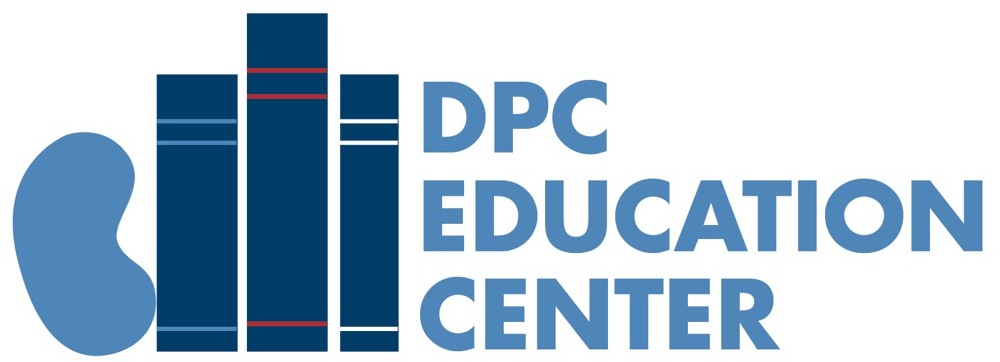Chronic Kidney Disease (CKD) is the slow loss of kidney function over time and the final stages are called end-stage renal disease (ESRD). Once kidney function reaches ESRD, patient’s options for treatment become limited to dialysis and transplants.
- For more information on CKD, please visit
When asked to picture a typical end-stage renal disease (ESRD) patient, most imagine someone who is of advanced age, but of course this is only a subset of the patient population. Currently, 1 in 40,000 Americans under the age of 19 are suffering with ESRD and this number is likely low given known underreporting issues. (1)
Pediatric kidney disease is a term used to describe any type of kidney disease that develops in children under the age of 19. (2)
Kidneys in children as well as adults are important because they remove the extra fluids and waste from the body and help regulate blood pressure, ensure chemical balance and maintain the health of the bones.
The rates of CKD are substantially lower in children than adults, but the incidence of CKD is increasing steadily with poor and ethnic minority children disproportionally affected. (3)
African Americans in their late teens are three times more likely than Caucasians in the same age group to develop kidney failure. Diseases that damage the tiny blood vessels in the kidney are also more common minority children. Moreover, boys are nearly twice as likely as girls to develop kidney failure from birth defects, polycystic kidney disease, or other hereditary diseases.
These issues could be related to genetic susceptibility, but other factors may include socioeconomic differences and limited access to medical care.
Pediatric ESRD patients create unique challenges for healthcare providers that go beyond treating the disease itself.
- Higher rates of catheter use in children leading to higher infection rates (4)
- Growth related issues due to both the disease and treatment options
- Increased risk for cardiovascular issues and hypertension
- Damage to the development of other organs such as the liver and lungs
- Noncompliance with treatments (LINK TO LATER)
- Financial challenges for families
- Psychosocial issues (4)
Positive News
According to Barbara Fivus, M.D., director of pediatric nephrology at the Johns Hopkins Children’s Center. “Kidney disease occurs more often than we think, but it is also more treatable than we used to think, especially when caught early.” “Children and adolescents should be monitored carefully because kidney disease that seems to suddenly strike young adults often has its roots in childhood.” (5)
Increasing awareness among the general population is important to not only reduce the complications of those suffering with pediatric CKD, but also could help reduce the future prevalence of the disease.
References
- Ahmed, Rachel. (May 25, 2010). Pediatric Kidney Disease Symptoms. Retrievedfrom http://www.livestrong.com/article/131281-pediatric-kidney-disease-symptoms/.
- U S Renal Data System. (2011) USRDS 2011 Annual Data Report: Atlas of Chronic Kidney Disease and End-Stage Renal Disease in the United States, Chapter Eight Pediatric End-Stage Renal Disease. Retrieved from http://www.usrds.org/2011/pdf/vs_ch08_11.pdf.
- National Kidney & Urologic Diseases Information Clearinghouse (NKUDIC). (2010), Overview of Kidney Diseases in Children. Retrieved from http://kidney.niddk.nih.gov/kudiseases/pubs/childkidneydiseases/overview.
- U S Renal Data System. (2005) USRDS 2005 Annual Data Report: Atlas of Chronic Kidney Disease and End-Stage Renal Disease in the United States Chapter Eight Pediatric End-Stage Renal Disease. Retrieved from http://www.usrds.org/2005/pdf/08_pediatric_esrd_05.pdf.
- Moving Toward a Better Understanding of Childhood Kidney Disease. (2010). Retrieved from http://www.hopkinschildrens.org/understanding-childhood-kidney-disease.aspx.



